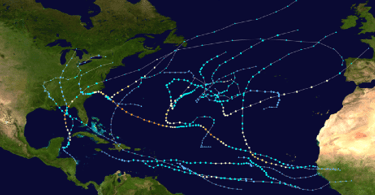SUMMARY:
-
Drought is affecting less than 1 percent of the state.
-
This year’s hurricane season affected Portugal more than Texas.
-
The Pacific is warm enough for El Niño, but has not yet shown an effect on the atmosphere; so no Niño yet.
We landed at Louis Armstrong New Orleans International Airport about 9:30 am before Thanksgiving. After dropping our bags off at a BagBnB, my bride asked “Where next?” Without hesitation, I answered: “Lower 9th Ward.”
As we all know, Hurricane Katrina delivered devastation upon New Orleans, and no neighborhood took it harder than the Lower 9th. After Brad Pitt saw so little rebuilding in the area by 2007, he created the Make It Right Foundation to help rebuild the neighborhood with sustainable homes and progressive architecture, including one by Thomas Mayne of Morphosis that floats during severe floods.
And as we all also know, Hurricane Harvey delivered devastation upon southeast Texas, prompting discussions on what Texas needs to do better on floods. A couple reports recently came out, one by the Texas Water Development Board (The State Flood Assessment) and one by The Governor’s Commission to Rebuild Texas (Eye of the Storm). As far as I know, neither report recommends floating homes…
Speaking of hurricanes, hurricane season ended on November 30th. Texas escaped without a direct hit unlike Portugal who suffered through two tropical depressions (Figure 1a)! Nevertheless, Texas has had its share of flooding rainfalls this year. Fortunately, the big-big rains stopped over the past 30 days although southeast Texas still received more than 8 inches (Figure 1b).
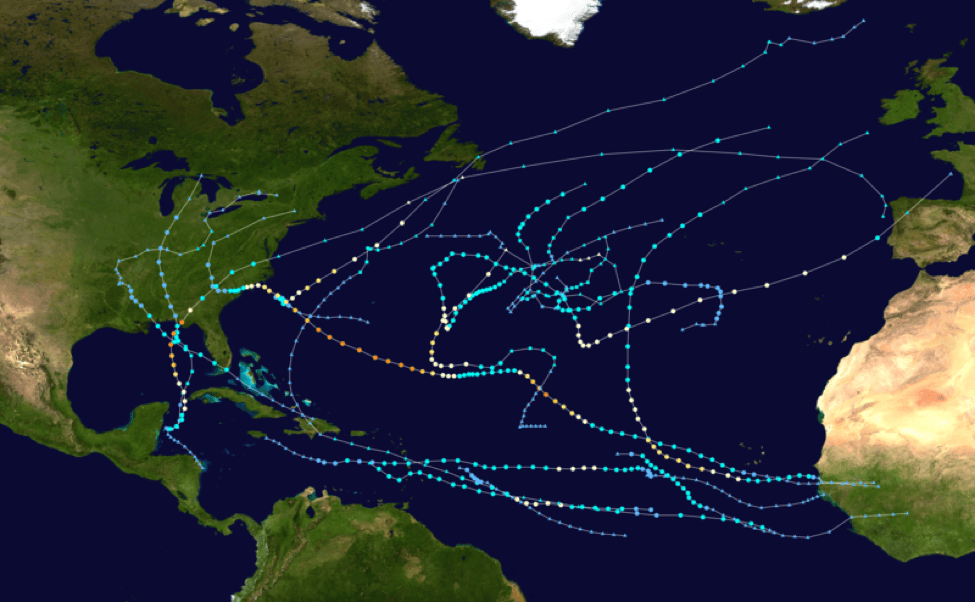
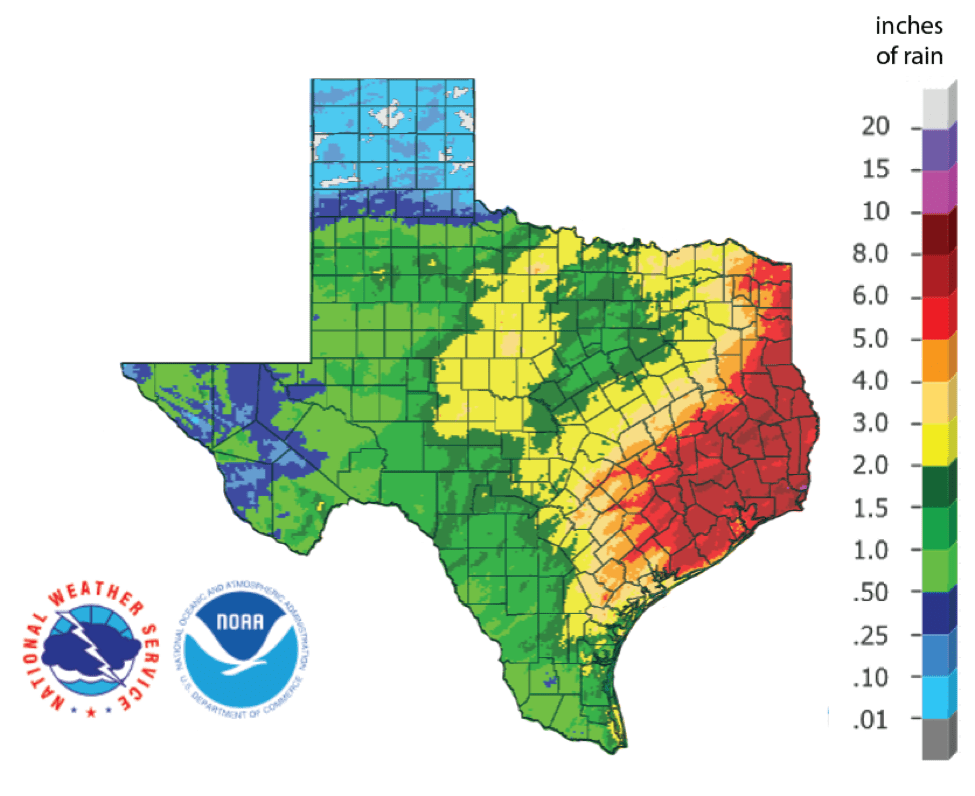
The amount of drought in Texas (D1-D4) over the past month decreased from 1.15 percent to 0.8 percent with moderate drought in the Panhandle and in Far West Texas (Figure 2a). Abnormally dry conditions have developed in Presidio County and the Lower Rio Grande Valley (Figure 2b).
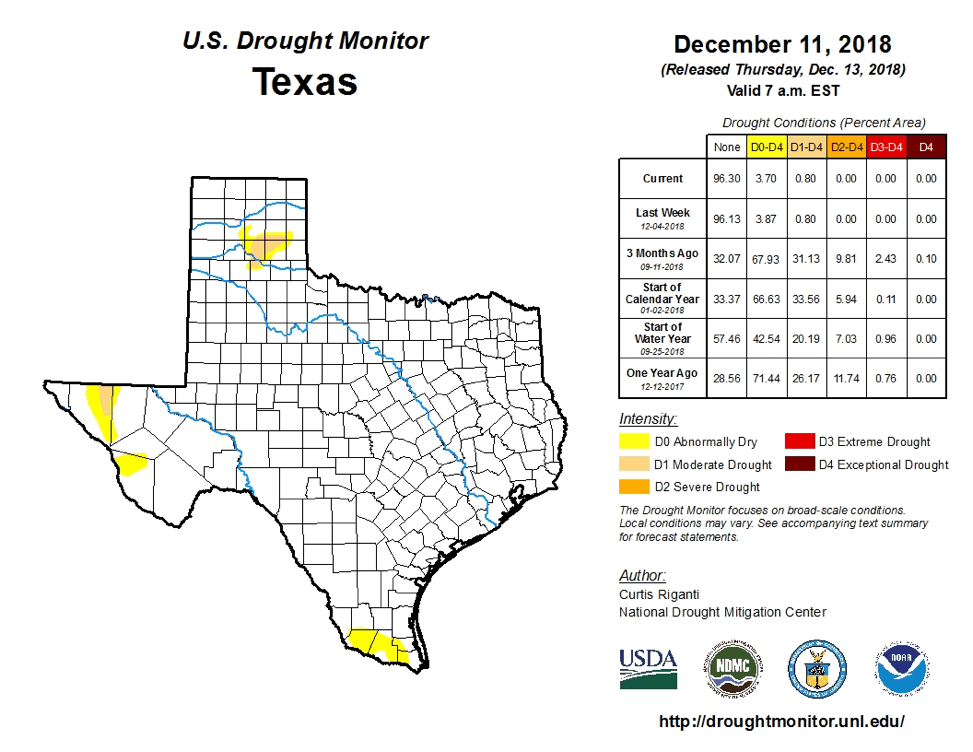

With the drier past 30 days, 90-day rainfall amounts are closer to normal but still two to three times higher than normal for the Edwards-Plateau area (Figure 3). The reason for the drought and dry areas in the Drought Monitor become clear after seeing the areas with less than normal 90-day rainfall.

The North American Drought Monitor for the end of October shows continuing drought in the headwaters of the Rio Grande in southern Colorado, the primary source of water for Elephant Butte Reservoir, and no drought in North-Central Mexico, the primary source of water for lakes Amistad and Falcon (Figure 4a). Parts of southern Colorado in the Rio Grande watershed have received less than 5 percent of normal precipitation for the past 90 days (Figure 4b).
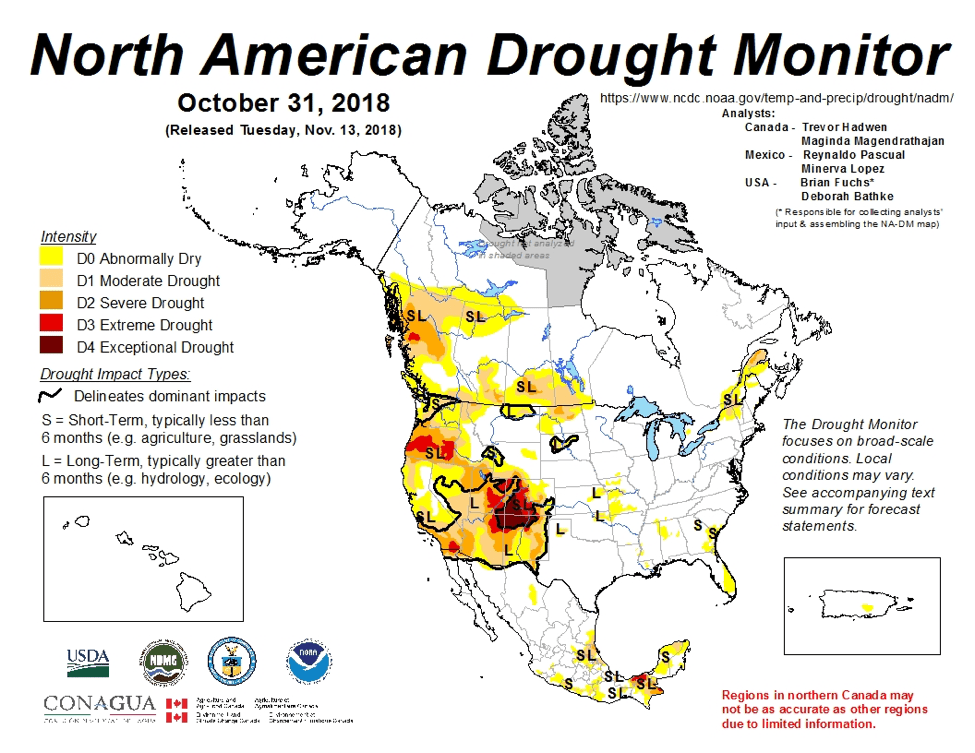
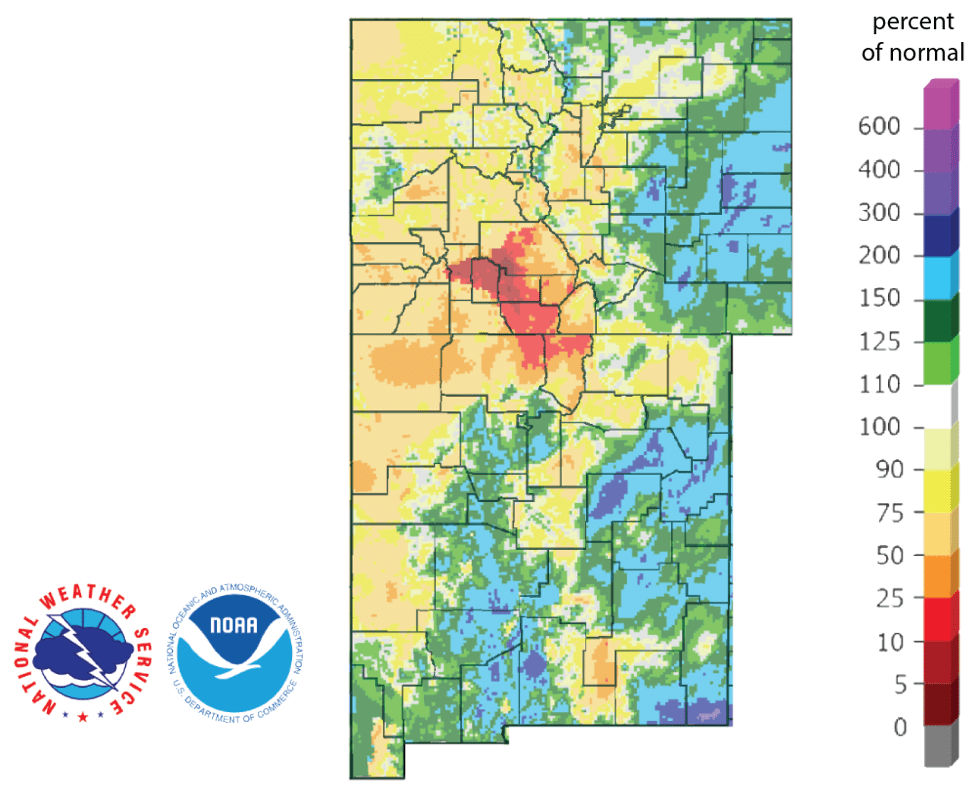
Statewide reservoir storage has continued to rise from 88.0 percent full on November 12th to 89.7 percent on December 14th (Figure 5a), nearly the highest level for this time of year since 1990. Percent full status for individual reservoirs this month is (Figure 5b) about the same as last month (Figure 5c).
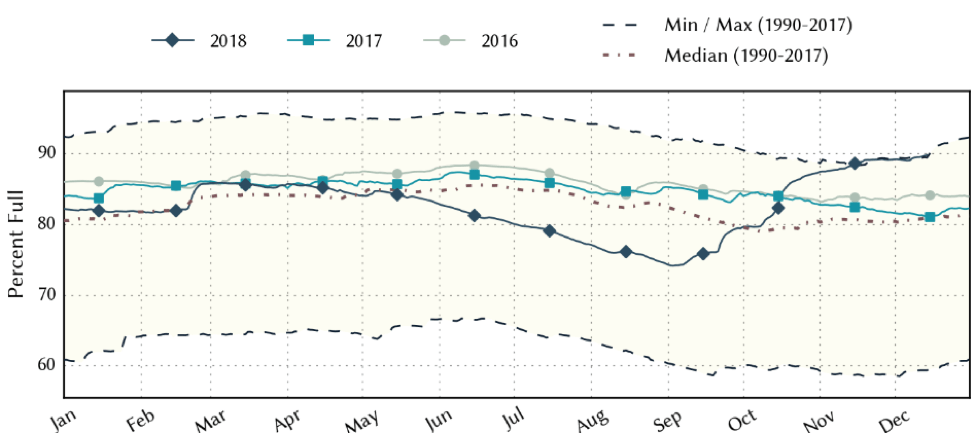
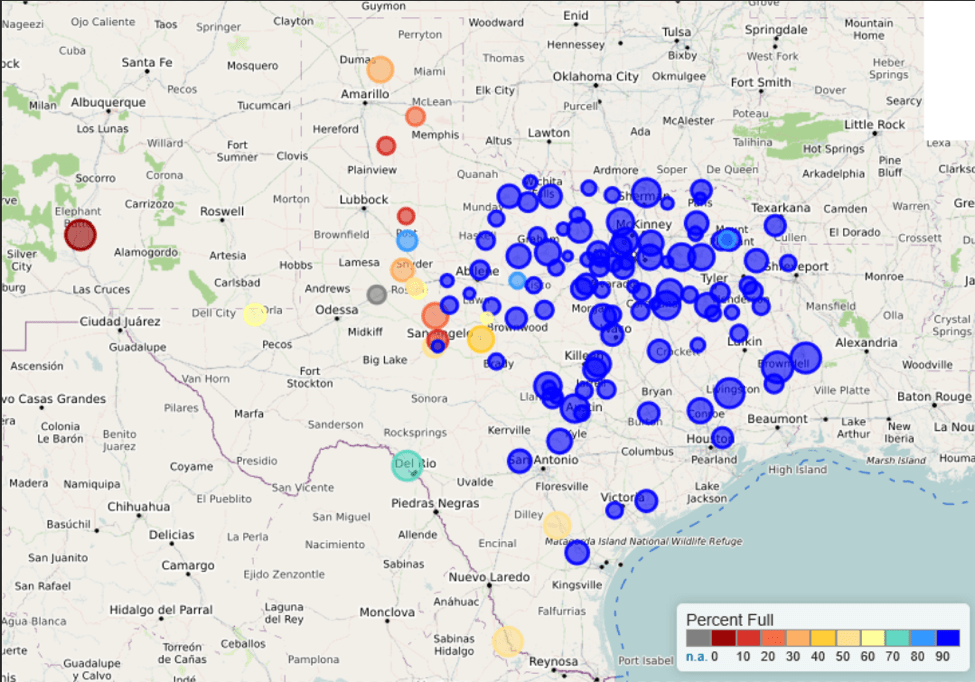
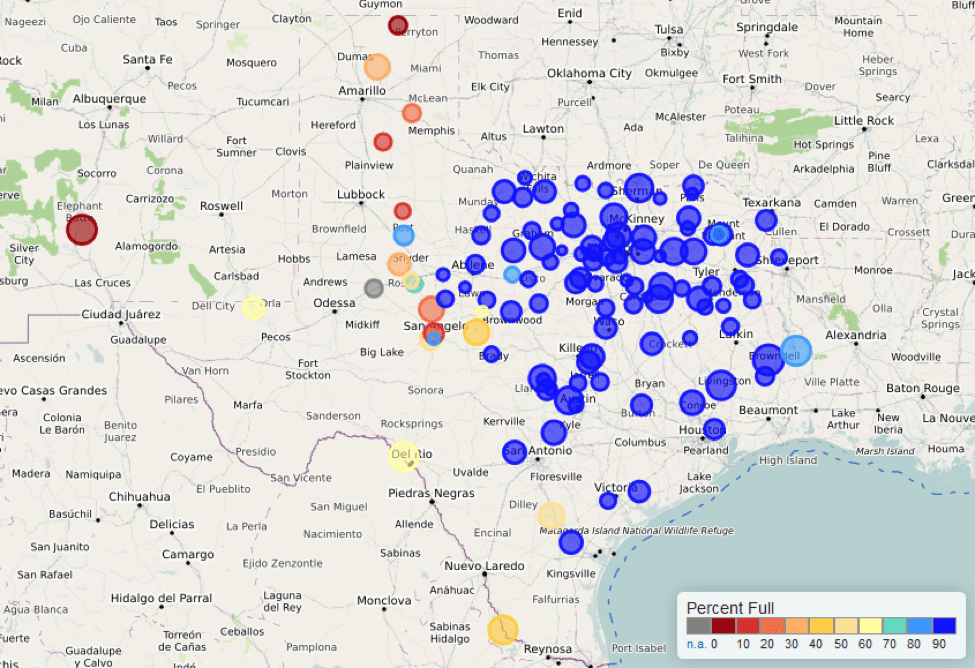
Despite sea surface temperatures achieving El Niño levels (Figure 6), we remain under an El Niño Watch. The reason is that in addition to achieving temperatures above 0.5 degrees Celsius in a particular patch of the Pacific, the El Niño designation also requires a clear coupling with the atmosphere. In other words, those warm waters need to start affecting the atmosphere, and we aren’t there yet. So up from the ~80 percent chance last month we are now at ~90 percent for El Niño forming this winter with a 60 percent chance of continuing through the spring. El Niños generally result in wetter-than-normal and cooler-than-normal conditions for Texas and act as a tropical storm suppressor.

The U.S. Seasonal Drought Outlook through February 2019 suggests drought improvements in southern Colorado, something that would be welcome for Elephant Butte Reservoir, and drought removal for Texas (Figure 7).

Author
Robert Mace,
Deputy Executive Director & Chief Water Policy Officer at The Meadows Center for Water and the Environment
Robert Mace is a Professor of Practice in the Department of Geography at Texas State University. Robert has over 30 years of experience in hydrology, hydrogeology, stakeholder processes, and water policy, mostly in Texas.

